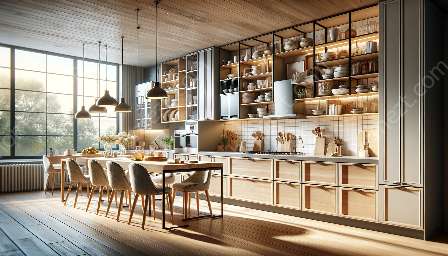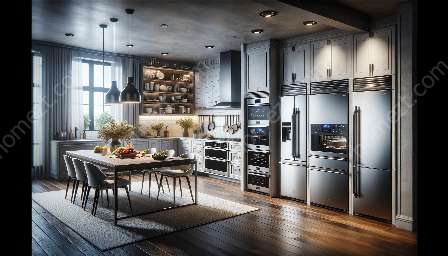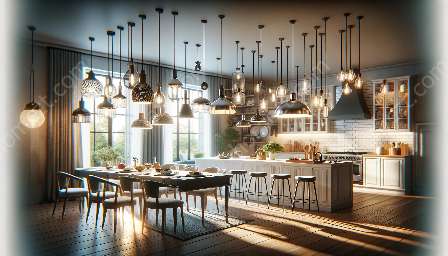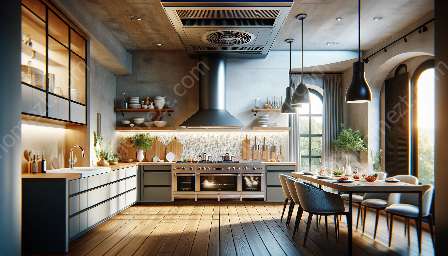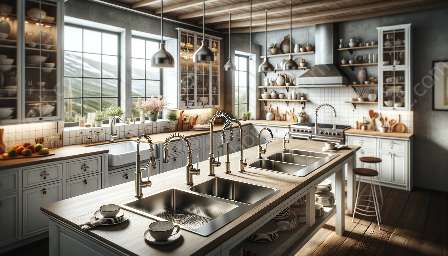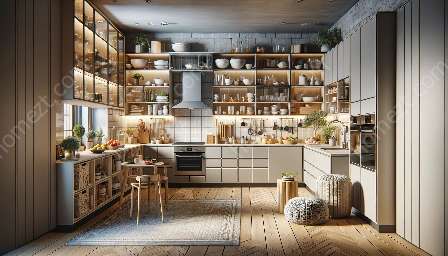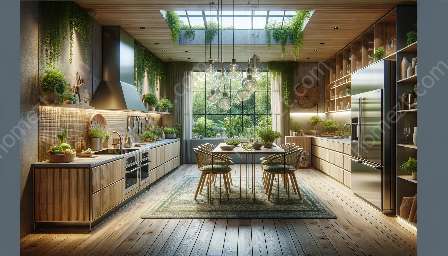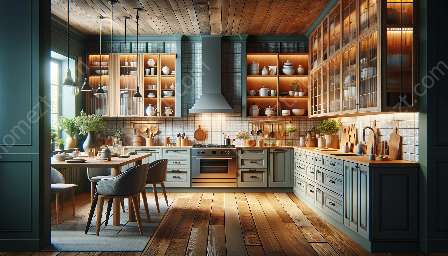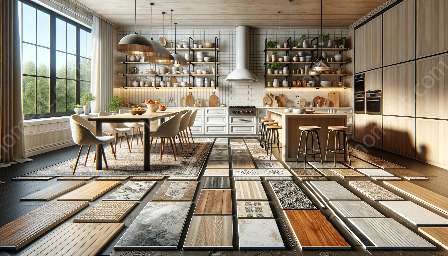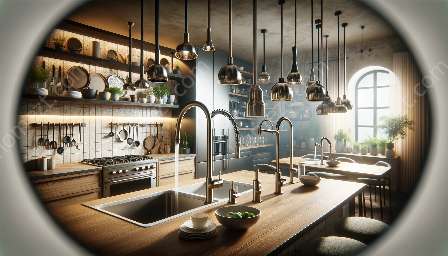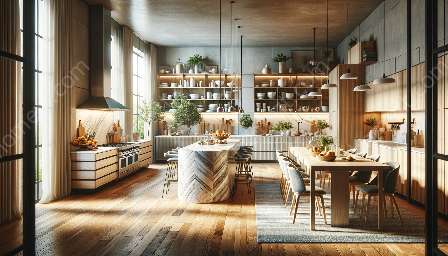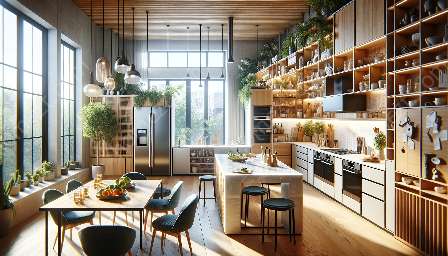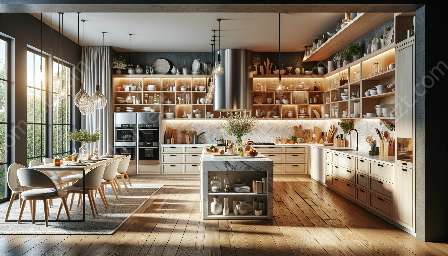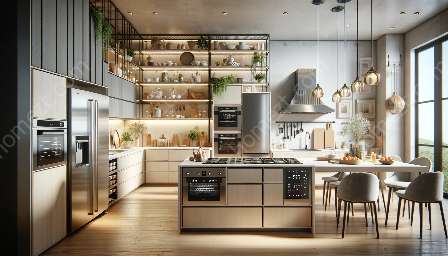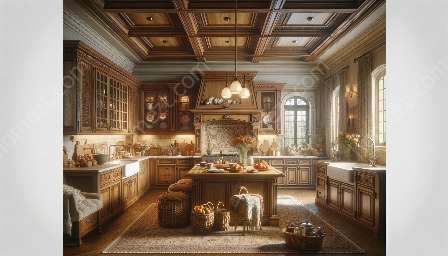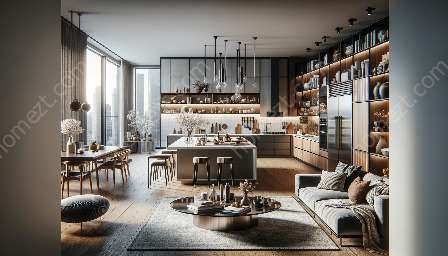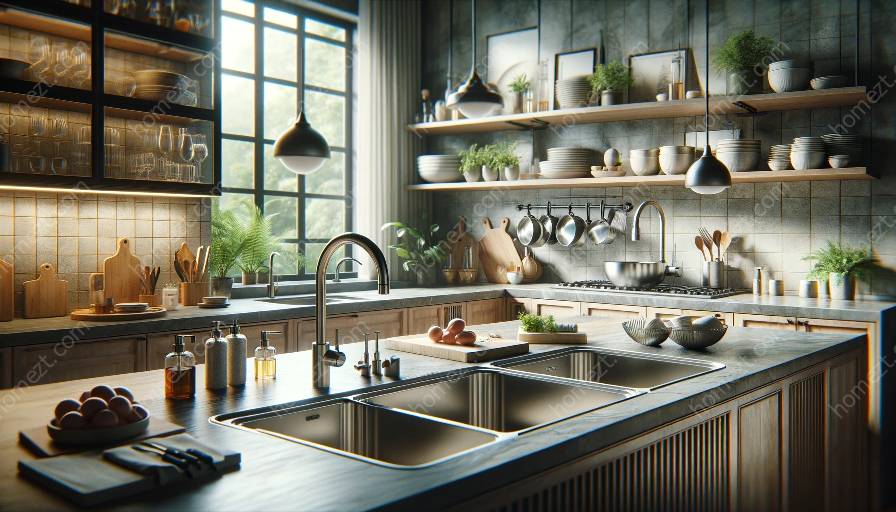When it comes to kitchen design, the kitchen sink is often the focal point. From choosing the right material and style to maintenance and installation tips, this comprehensive guide explores everything you need to know about kitchen sinks, including their compatibility with kitchen design and dining spaces.
The Importance of Kitchen Sinks in Kitchen Design
Kitchen sinks are not just functional; they also play a crucial role in the overall design of the kitchen. The sink's style, material, and placement can significantly impact the aesthetic appeal and functionality of the space. When designing a kitchen, it's essential to consider the sink as a central element that complements the overall design.
Choosing the Right Sink for Your Kitchen
There are various types of kitchen sinks available, including undermount, drop-in, farmhouse, and apron-front sinks. Each style offers unique advantages and suits different kitchen designs. For instance, an undermount sink provides a seamless look, ideal for contemporary kitchens, while a farmhouse sink adds a rustic charm to traditional kitchen designs.
The material of the sink is another crucial consideration. Stainless steel, composite granite, fireclay, and porcelain are popular choices. Each material has its own set of benefits, such as durability, resistance to stains, and ease of maintenance. Understanding the pros and cons of each material can help you make an informed decision based on your kitchen design and lifestyle.
Designing Around the Sink
Once the sink style and material are chosen, it's essential to incorporate it into the overall kitchen design. The sink area should have adequate lighting, convenient storage for cleaning supplies, and a complementary faucet that enhances the design. Additionally, the surrounding countertops and backsplash should be chosen to complement the sink, creating a cohesive and visually appealing kitchen design.
Kitchen Sinks in Dining Spaces
While the kitchen sink is primarily functional, it also has an impact on the dining area. An integrated sink and countertop design can create a seamless transition between the kitchen and dining spaces, providing a cohesive look for open-plan layouts. The sink's design and placement should align with the dining area's style and flow to ensure a harmonious connection between the two spaces.
Maintenance and Care
Proper maintenance is essential for preserving the beauty and functionality of kitchen sinks. Regular cleaning using gentle, non-abrasive cleaners is recommended to prevent stains and maintain a hygienic kitchen environment. It's also important to address any leaks or issues promptly to avoid potential damage to the surrounding cabinets and countertops.
Conclusion
From choosing the right kitchen sink to integrating it seamlessly into the kitchen and dining spaces, the design and functionality of kitchen sinks play a significant role in overall kitchen design. By understanding the various options, materials, and maintenance tips, you can make informed decisions to ensure that your kitchen sink enhances the aesthetic appeal and functionality of your culinary space.


